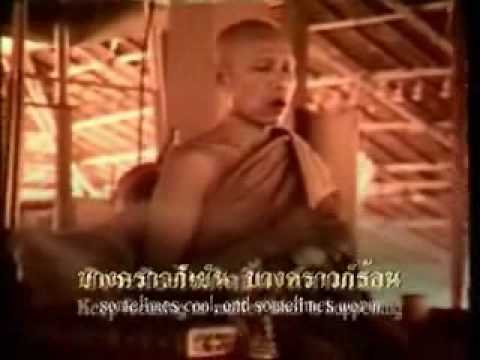This is just how I understand it personally, but internally is that part of the body which is taken as a self, as me and/or mine.
External is the stuff that is not takes as a self, as me and/or mine.
Internally and externally leads to seeing that there is no difference between bodies taken to be a self, and bodies not taken to be a self.
For example, there is no difference between the heat from a radiator and the heat felt in the body. There is no difference between the solidity of bark and the solidity of the skin, it is just solid matter.
Contemplating like this removes the distinction between external and internal, causing the body to be seen as not self/me/mine, just stuff.
I feel this view is supported by e.g. MN 140:
“What is the internal earth element? Whatever internally, belonging to oneself, is solid, solidified, and clung-to: head-hairs, body-hairs…
[identification with the body]
Now both the internal earth element and the external earth element are simply earth element .
[But after thinking it through you realized slicing things up in internal and external cant be justified]
And that should be seen as it actually is with proper wisdom thus: ‘This is not mine, this I am not, this is not my self.’
[The body is you as a much rock or a tree is, i.e. not at all]
When one sees it thus as it actually is with proper wisdom, one becomes disenchanted with the earth element and makes the mind dispassionate towards the earth element.
[You can’t really do anything useful with solid matter, because it lacks any self-characteristic/self-nature; you don’t control it, it’s not yours, etc.]
Comments in brackets added by me, of course.
Anyway, not presenting a definite answer here, just my own understanding so far, your mileage may vary 
![[03/31] - සෝවාන් වීමට දැන ගත යුතු දහම් කරුණු - (Season 08)](https://scdd.sfo2.cdn.digitaloceanspaces.com/uploads/original/3X/5/3/53ec20aefdf9777123c7c6f1485cca8a888f12a2.jpeg)

